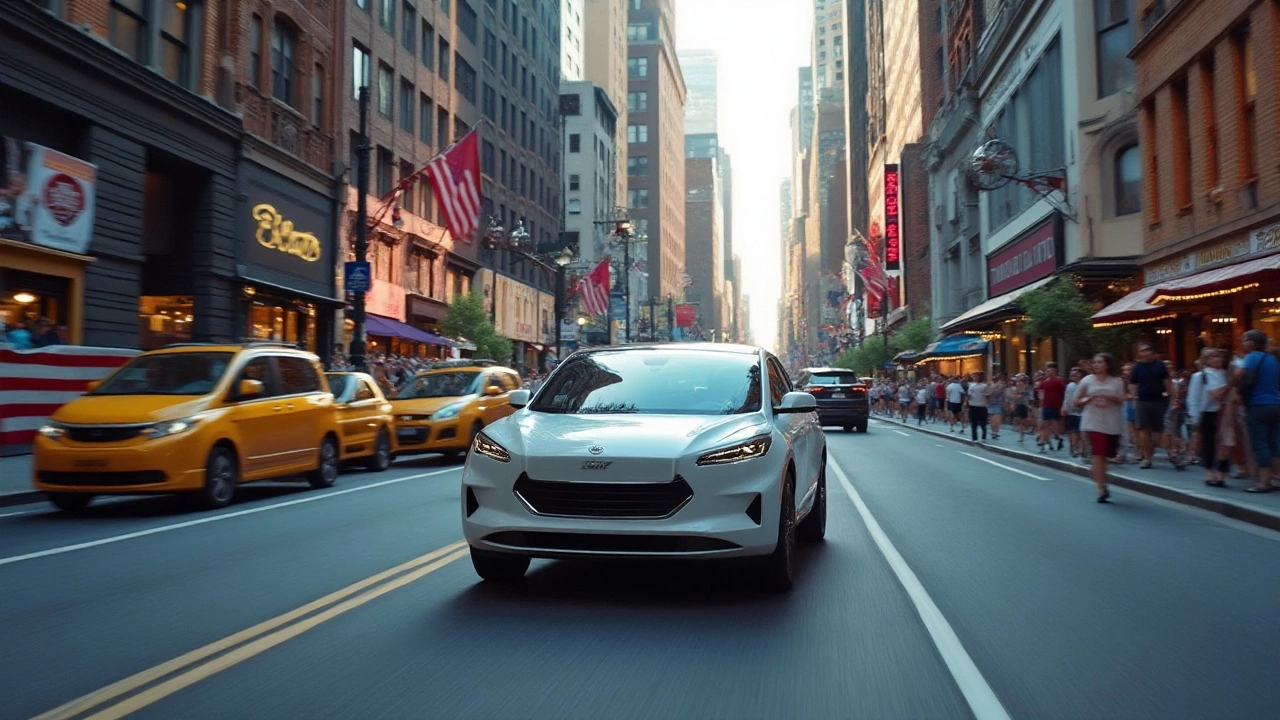Indian Cars – Overview and Trends
When talking about Indian cars, vehicles produced or assembled in India, often blending local design with global technology. Also known as domestic automobiles, they power the country's mobility and economy. Tata Motors, a pioneer Indian car manufacturer that launched the nation's first passenger car and Maruti Suzuki, the market leader known for affordable, fuel‑efficient models dominate the scene. The surge of Made‑in‑India cars, vehicles whose parts are sourced and assembled entirely within the country highlights a maturing supply chain.
Why Indian Cars Matter Today
Indian cars encompass a full range of segments – from compact hatchbacks that zip through city traffic to premium SUVs cruising highways. The market demands low‑cost ownership, so manufacturers focus on fuel efficiency and robust after‑sales service. Government policies, such as lower GST on small cars and tax breaks for electric models, directly shape production decisions. This relationship shows that Indian cars require strong local suppliers to keep pricing competitive.
Supply chain depth is a key attribute. Domestic steel plants, tyre manufacturers, and electronics firms feed into assembly lines, reducing reliance on imports. As a result, the rise of electric vehicles, battery‑powered Indian cars supported by government incentives is accelerating faster than in many other markets. The policy push influences both design choices and component sourcing.
Consumer preferences also guide what gets built. Families prioritize spacious interiors, while young professionals look for tech‑savvy dashboards. This mix forces brands like Tata Motors and Mahindra to diversify their portfolios – from the rugged compact Tata Nexon to the elegant Mahindra XUV300. The trend illustrates that the Indian automotive market influences brand strategy and model rollout.
Regulatory frameworks add another layer. Certain high‑emission models are banned, and safety norms are tightening. The bans on specific imported vehicles underscore how legal standards shape the domestic lineup. As a result, manufacturers are racing to meet stricter crash‑test ratings and to certify their cars under new emission norms.
Innovation isn’t limited to powertrains. Companies are experimenting with modular platforms, allowing a single chassis to underpin multiple models. This approach cuts development costs and speeds up time‑to‑market, reinforcing the idea that the Indian car ecosystem thrives on flexibility and scale.
Looking ahead, the market is set to grow as income levels rise and urbanization expands. Forecasts predict a steady increase in vehicle registrations, especially for eco‑friendly options. The growth trajectory means more opportunities for local parts makers, financing firms, and service networks to expand alongside the manufacturers.
All these factors – brand leadership, supply‑chain depth, policy incentives, consumer demand, and regulatory changes – form a tightly linked web that defines the Indian car landscape. Below you’ll find a curated selection of articles that dig deeper into each of these areas, from brand‑specific deep dives to analyses of market trends and future opportunities.
